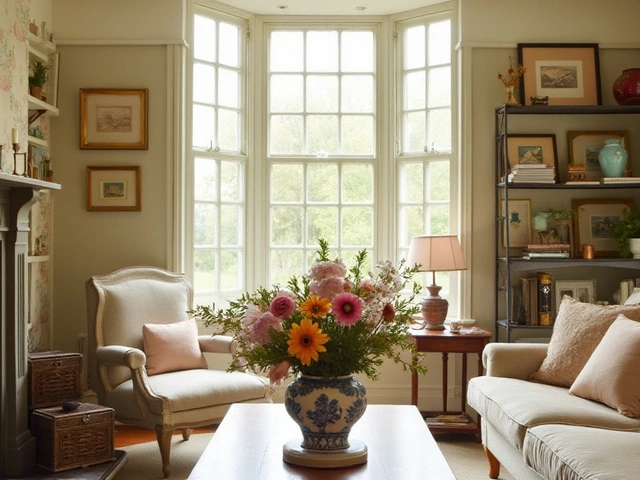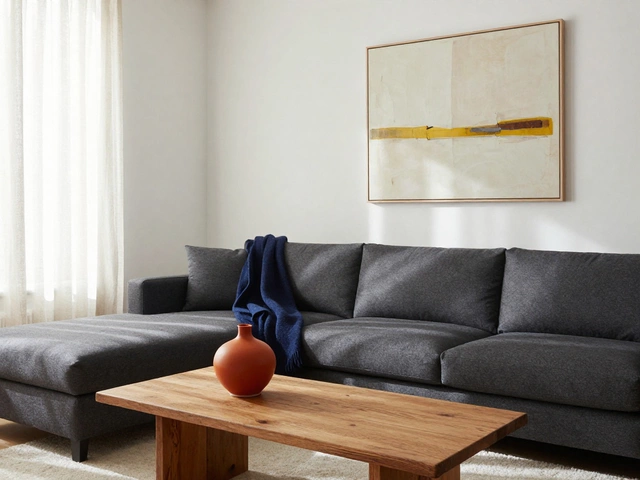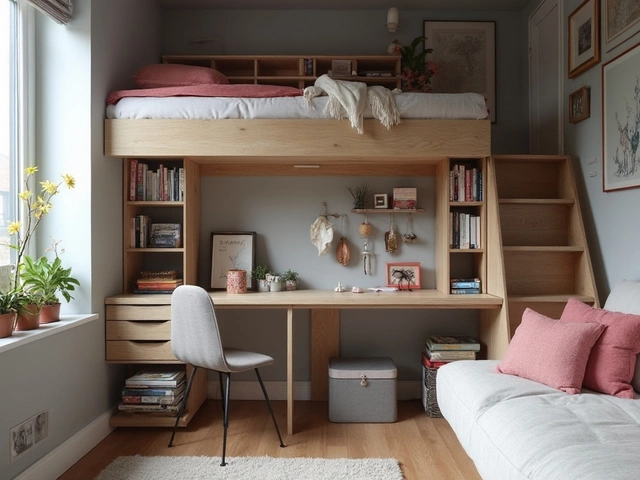Extra Flooring Ideas, Tips & Trends for 2025
If you’re looking to add a little something extra to a room, the right floor can do the trick. It changes how a space feels, adds value, and can even hide a few flaws. Below you’ll find down‑to‑earth advice on picking, budgeting, and caring for extra flooring that works in real homes.
Choosing the Right Extra Flooring
First thing’s first: think about the room’s traffic. High‑traffic areas like kitchens and hallways need durable material. Luxury Vinyl Plank (LVP) is a popular pick because it looks like wood but can stand up to spills and pets. If you love the look of hardwood but worry about cost, LVP gives you that vibe without the price tag.
Next, consider moisture. Bathrooms and basements need water‑resistant options. Vinyl sheet, rubber tiles, or even waterproof laminate can stop warping. When you’re unsure, ask yourself if the floor will see buckets, shoes, or a lot of foot traffic – the answer guides the material.
Style matters too. A neutral palette keeps the floor from competing with furniture. If you want a splash of personality, a patterned tile or a bold LVP colour can become the room’s focal point. Keep the rest of the décor simple so the floor shines without clashing.
Budget‑Friendly Flooring Choices
Extra flooring doesn’t have to break the bank. Laminate flooring is a solid low‑cost option that mimics wood or stone. It’s easy to install yourself, which saves on labor. For a soft feel underfoot, consider peel‑and‑stick vinyl tiles – they’re cheap, come in lots of patterns, and are a quick DIY project.
Another wallet‑friendly hack is using reclaimed wood planks. They add character and can be sanded and refinished for a fresh look. Look for local salvage yards or online marketplaces; you’ll often find high‑quality pieces at a fraction of retail price.
When you’re shopping, compare per‑square‑meter costs and factor in underlay, trim, and installation. A cheap floor can end up pricey if you need extra prep work. Ask the retailer about warranties; a longer warranty usually means the product will hold up longer.
Maintenance tips keep extra flooring looking new longer. Sweep or vacuum regularly to avoid grit scratching the surface. For vinyl or laminate, a damp mop (not soaking) is enough. Hardwood or engineered wood benefits from a specific cleaner that protects the finish.
Finally, think about future resale. A well‑chosen extra floor can boost a home’s value, especially when it matches current buyer expectations. LVP and high‑quality laminate are often cited by real‑estate agents as “value‑adding” upgrades.
Bottom line: pick a floor that fits the room’s use, matches your style, and stays within budget. With a bit of research and a simple DIY approach, you can add that extra flooring touch that makes a space feel complete.






